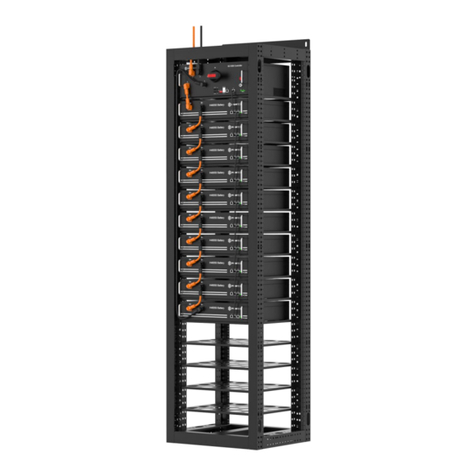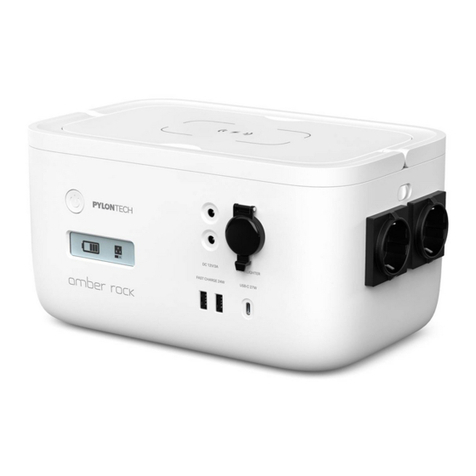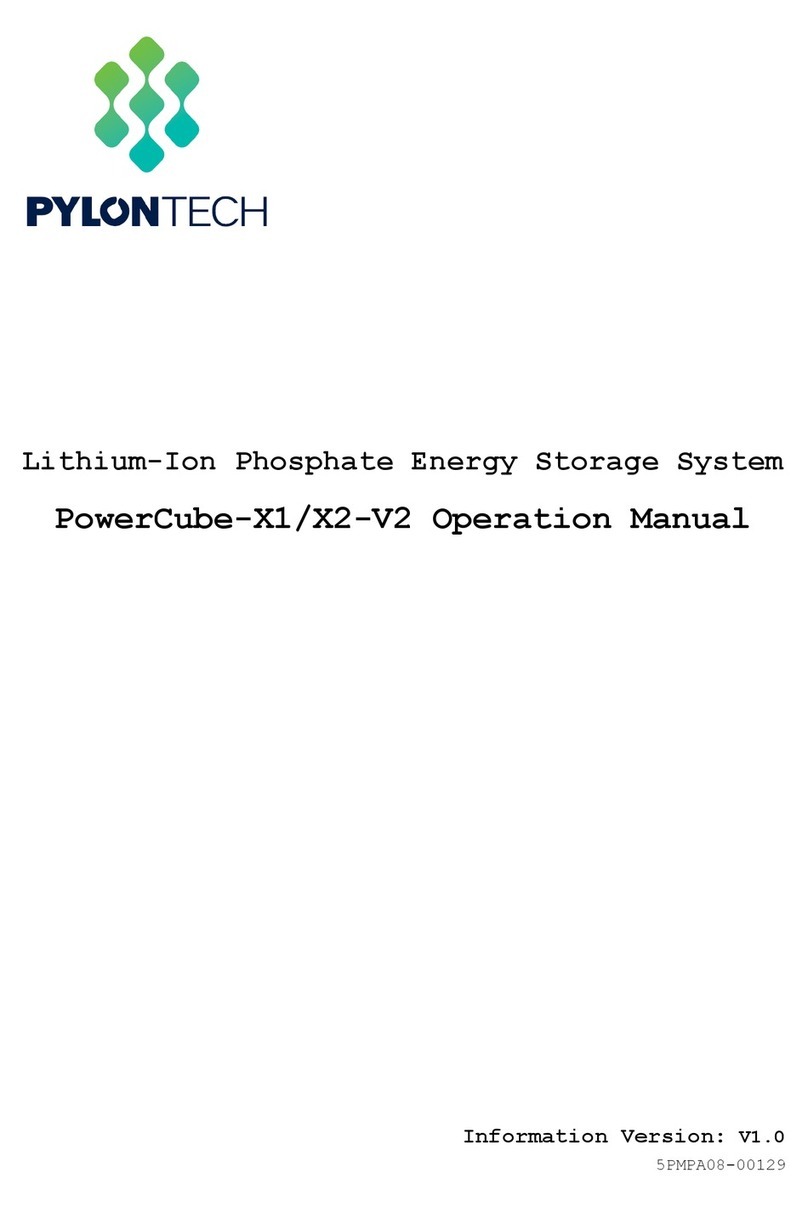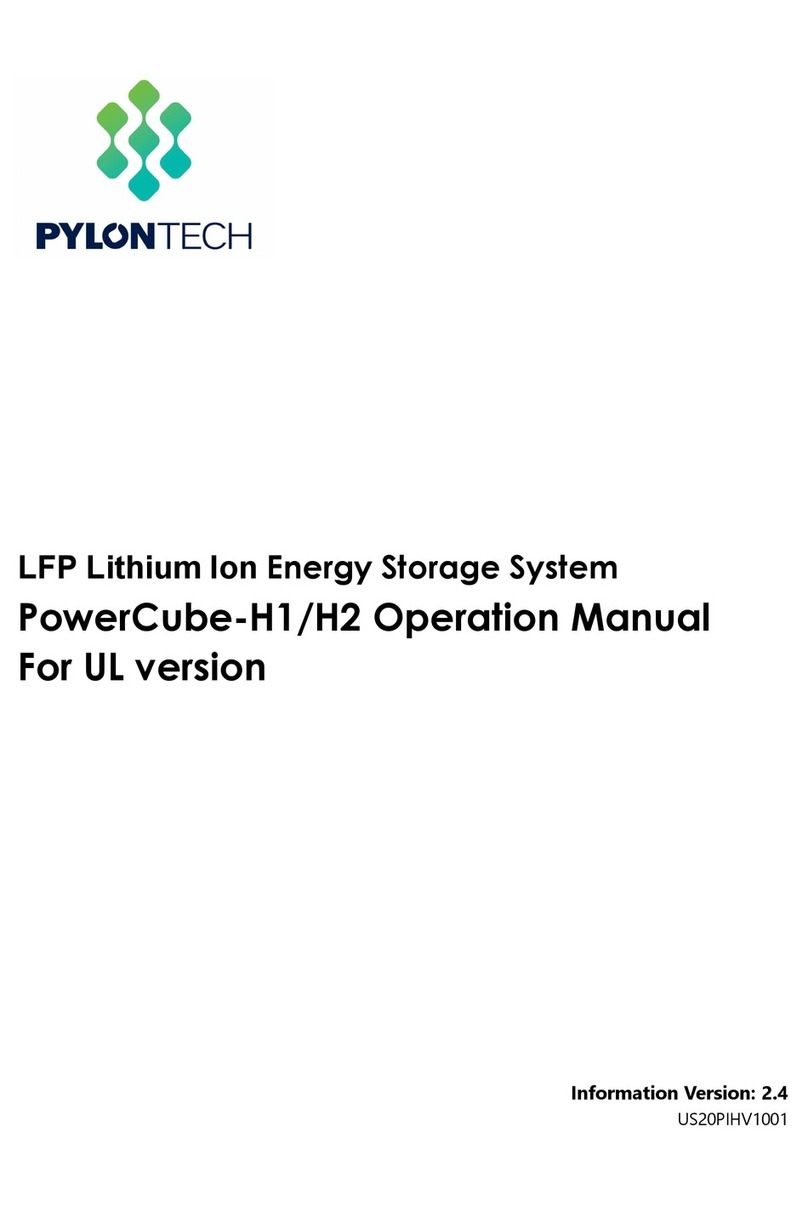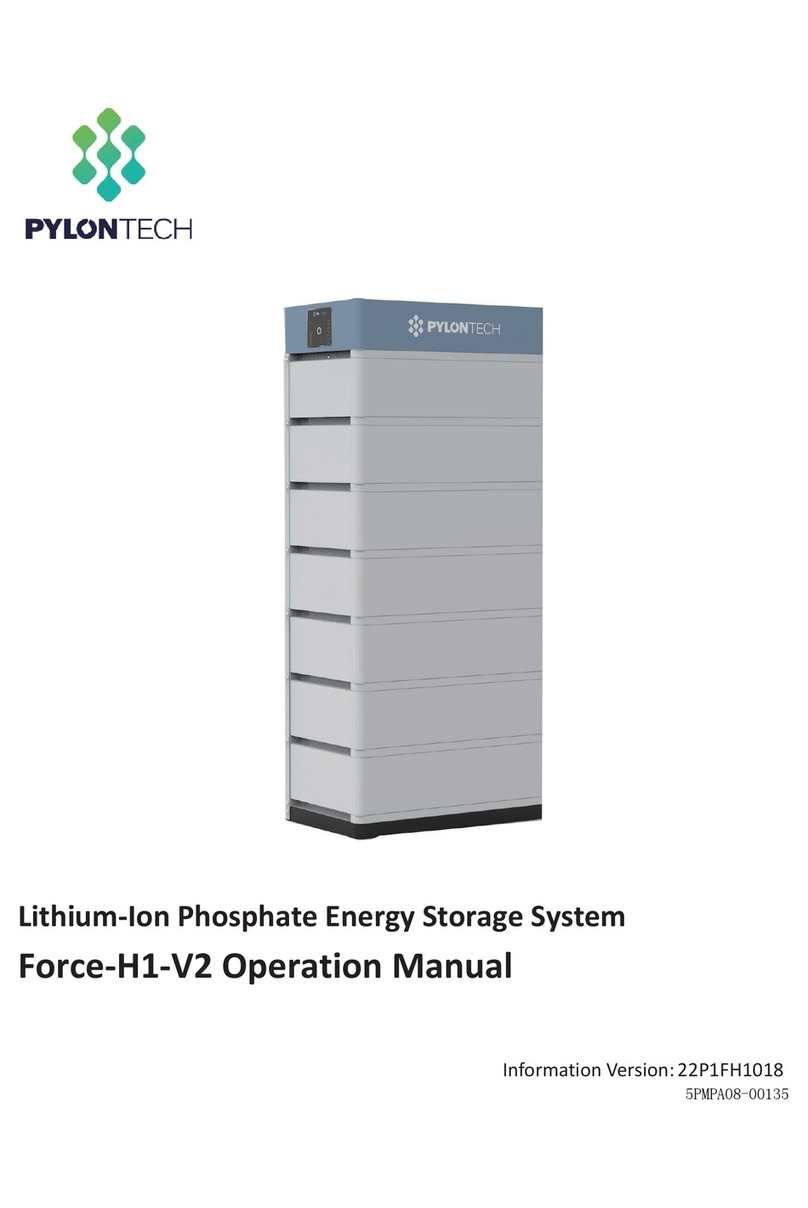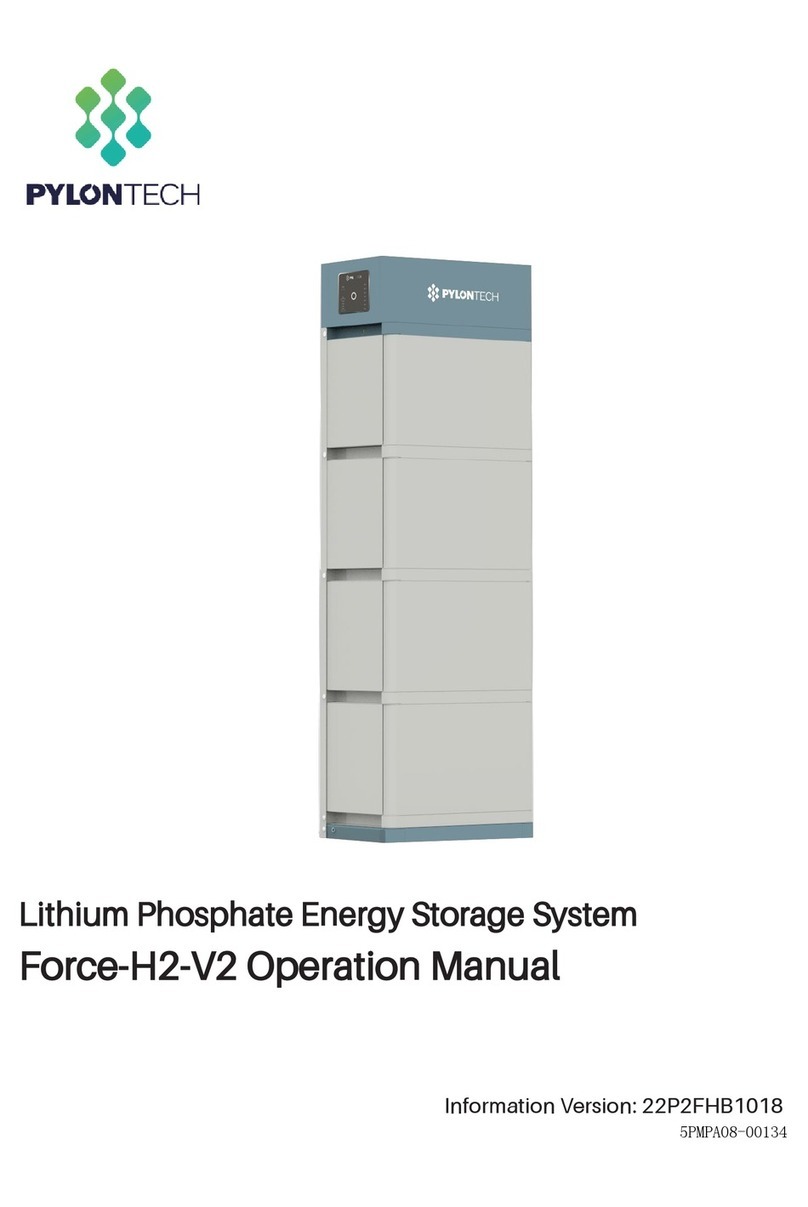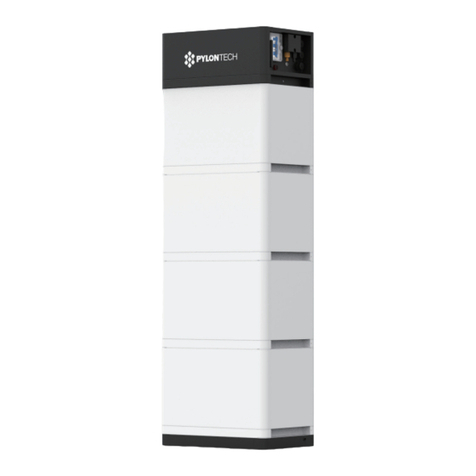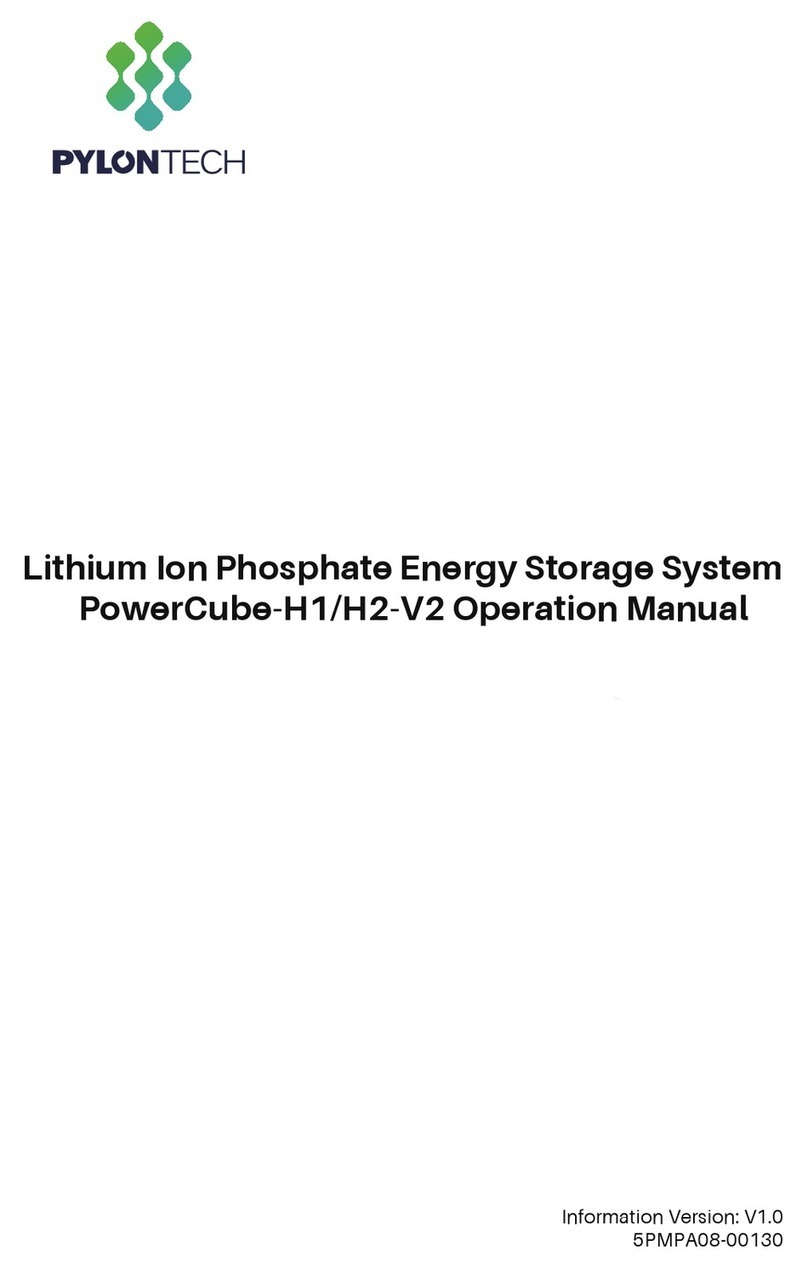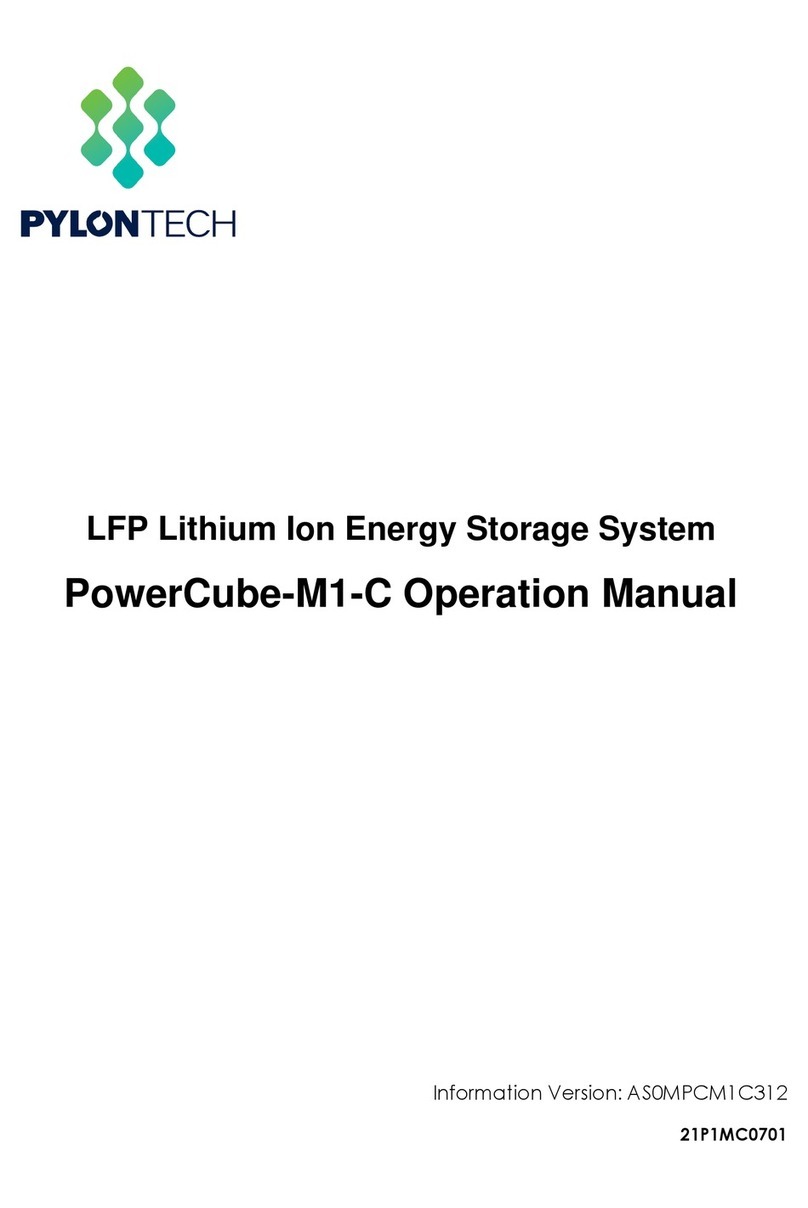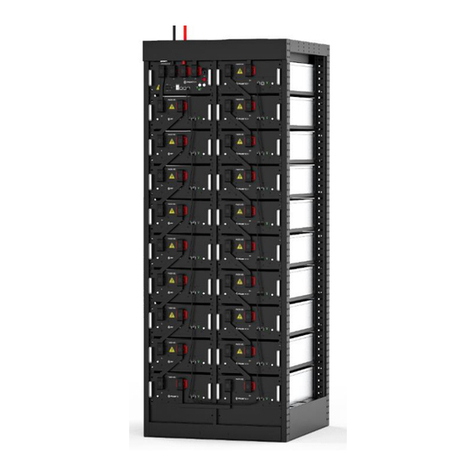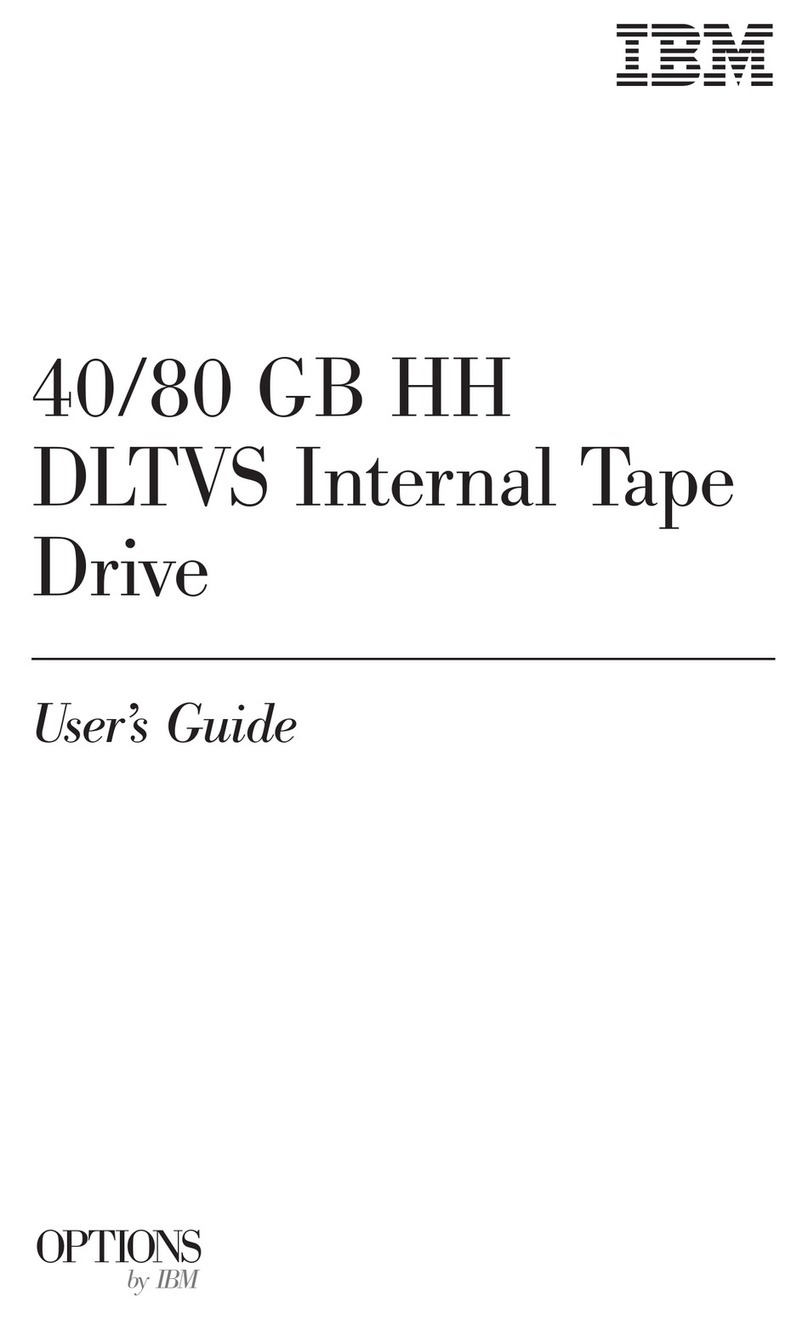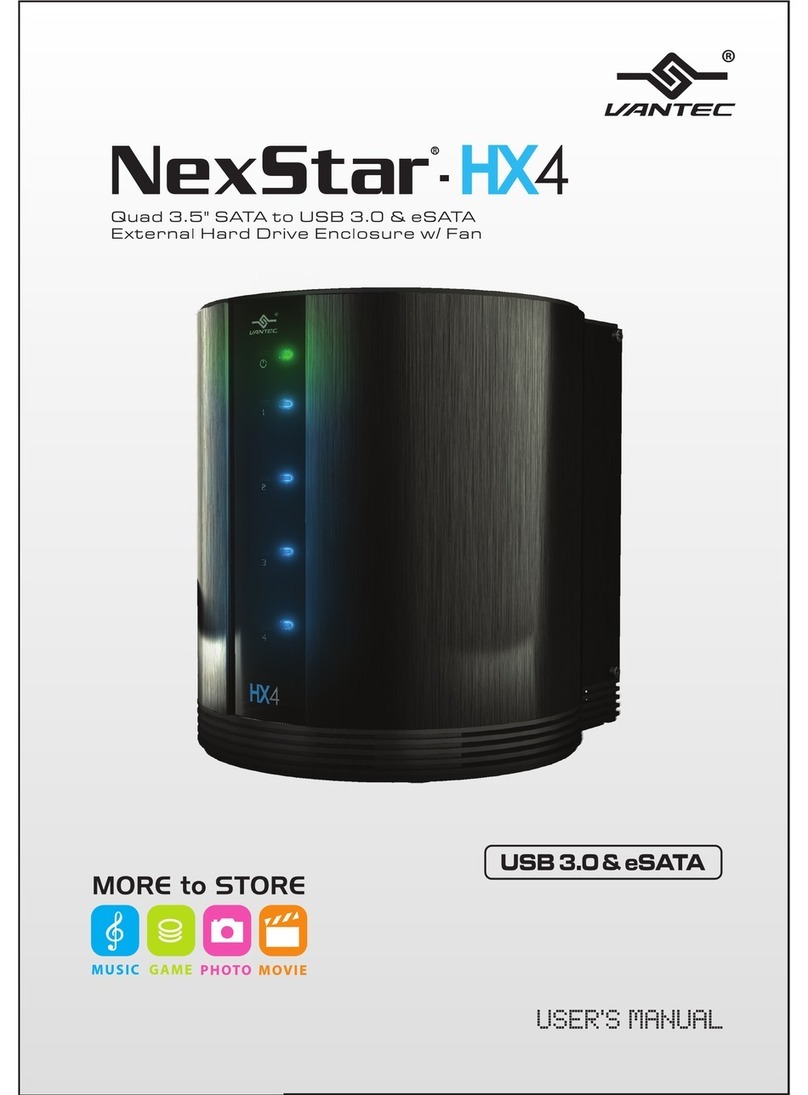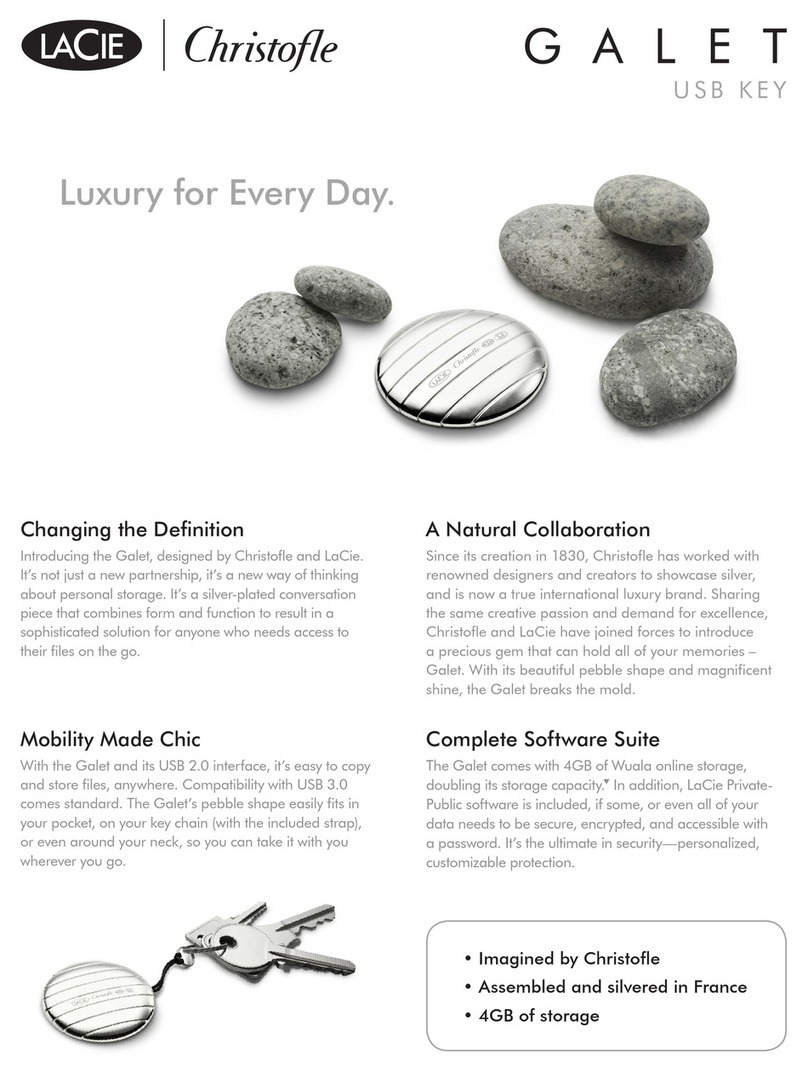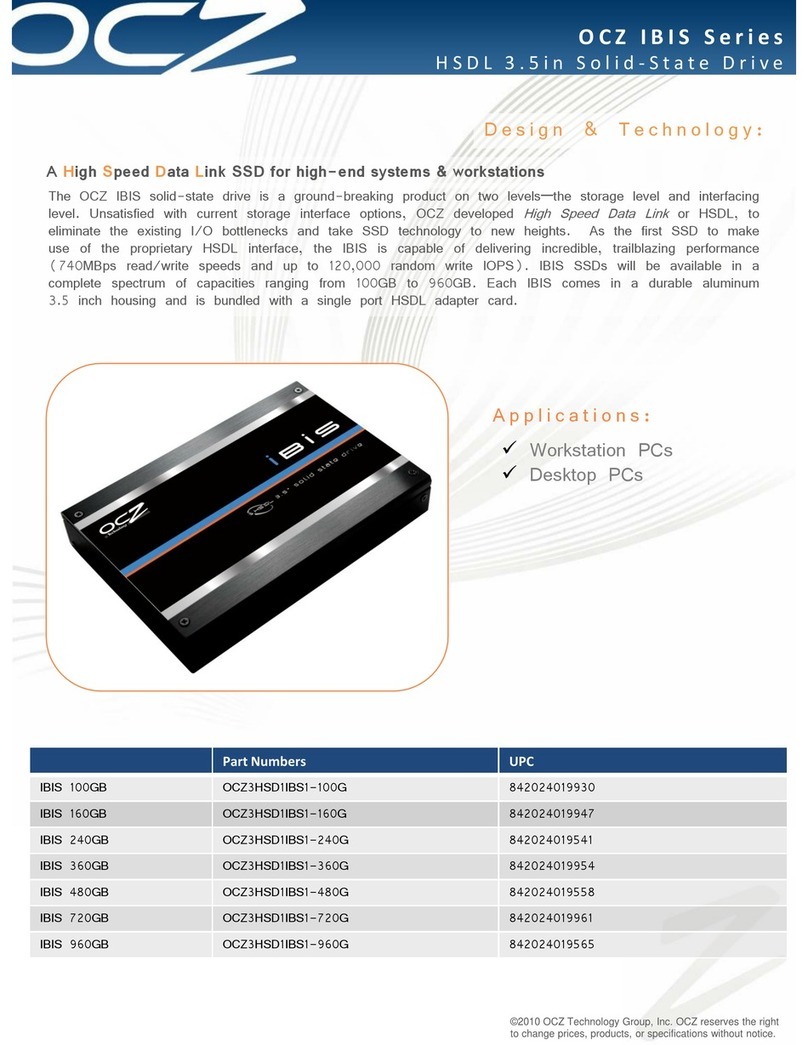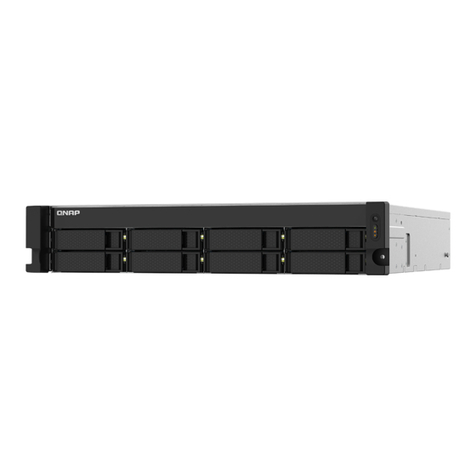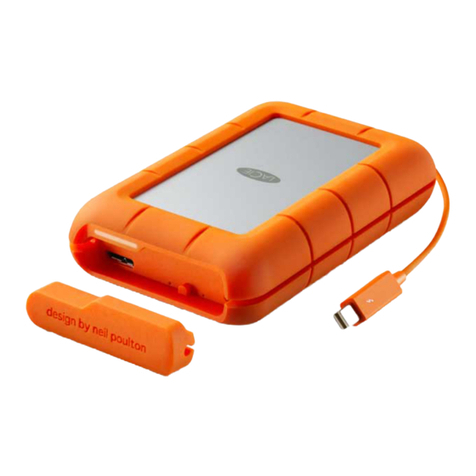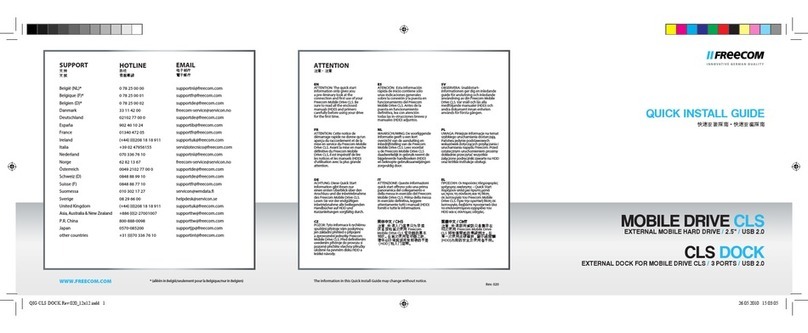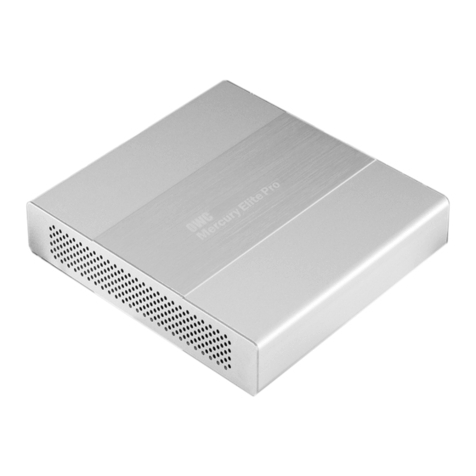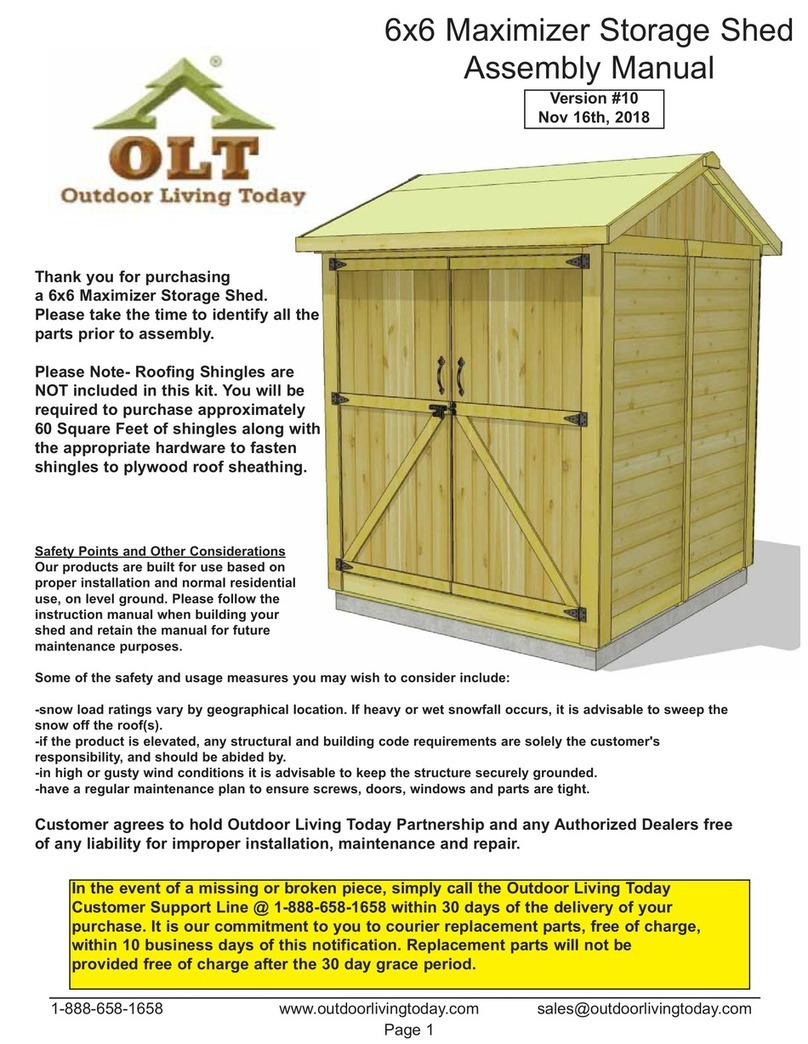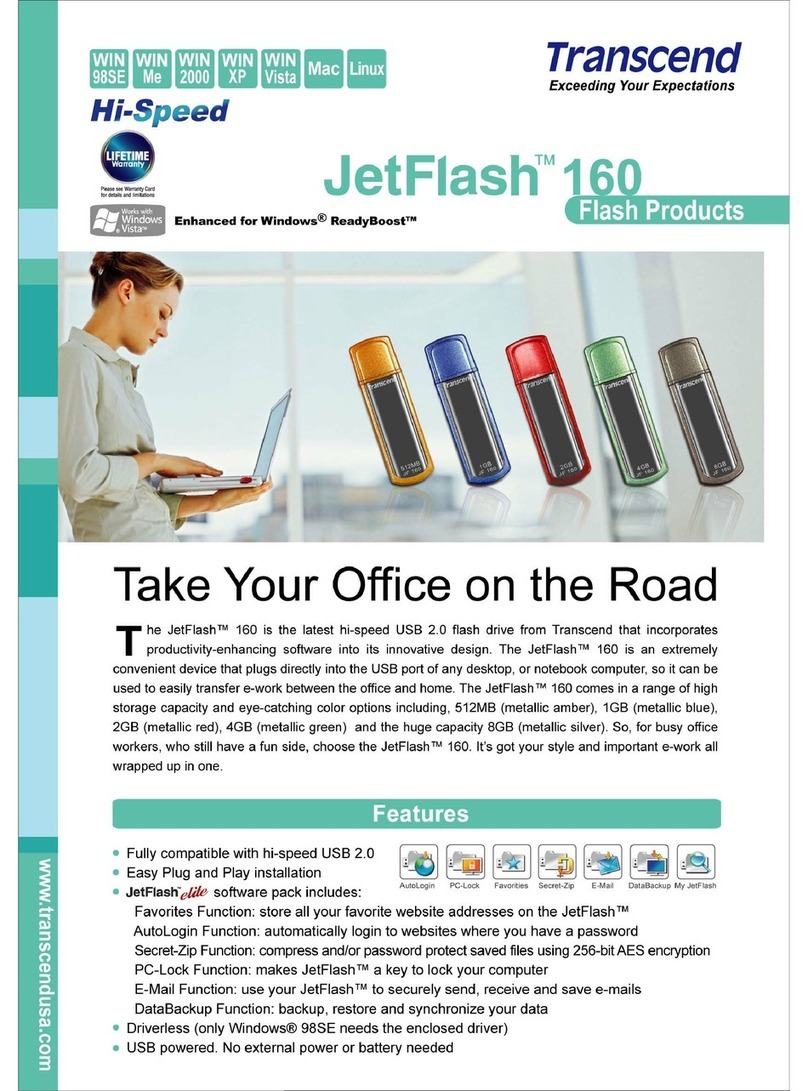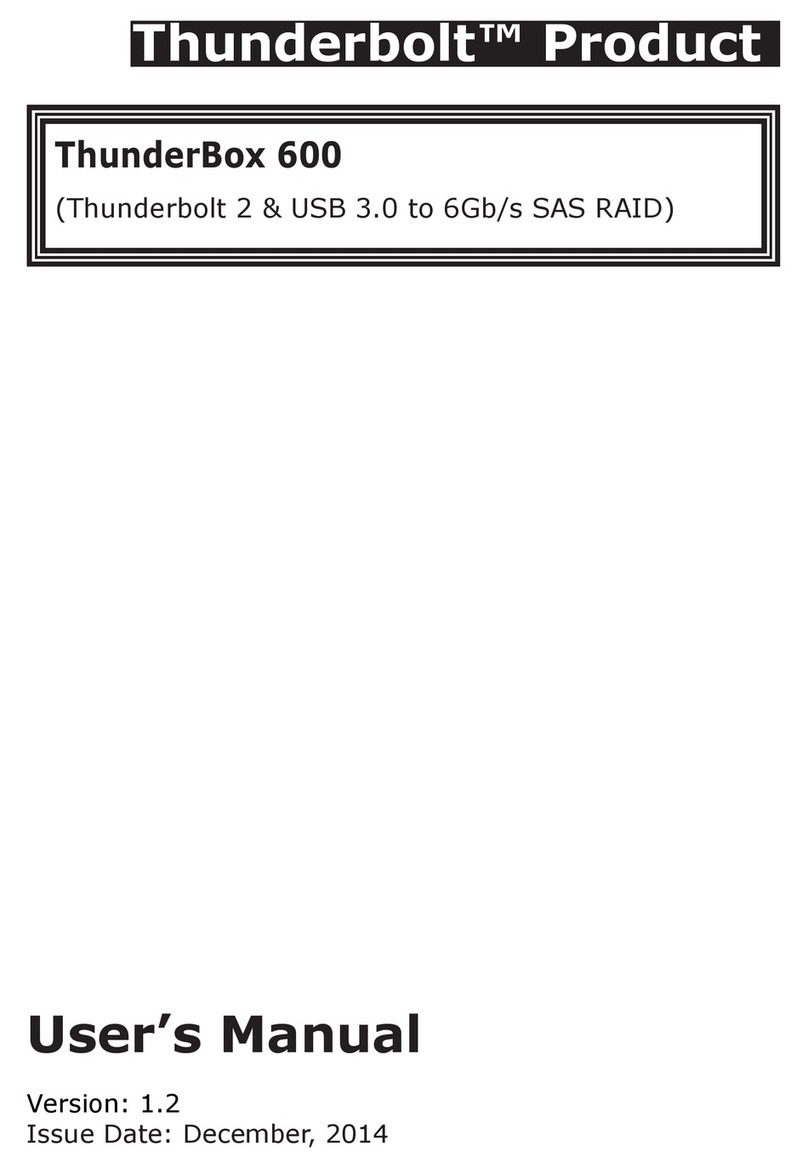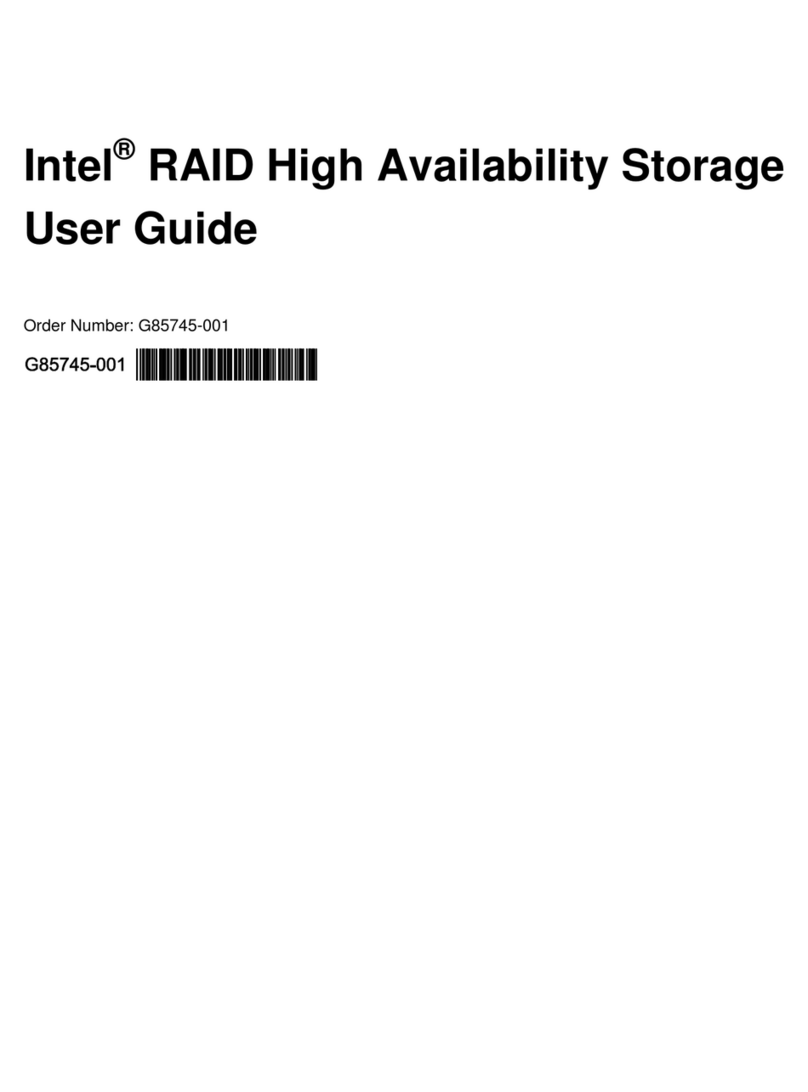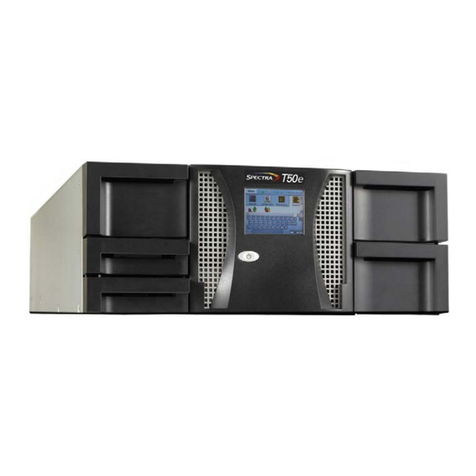This manual introduces Force-H1 from Pylontech. Force-H1 is a high voltage Lithium-Ion Phosphate
Battery storage system. Please read this manual before you install the battery and follow the
instruction carefully during the installation process. Any confusion, please contact Pylontech
immediately for advice and clarification.
Content
1. SAFETY ................................................................................................................................................ 1
1.1 Symbol..................................................................................................................................2
Symbol in label ............................................................................................................................2
1.2 Before Connecting..............................................................................................................5
1.3 In Using ....................................................................................................................................5
2. SYSTEM INTRODUCE .......................................................................................................................... 6
2.1 Product Introduce.............................................................................................................6
2.2 Specifications .....................................................................................................................6
2.2.1 The parameter of system.............................................................................................7
2.2.2 Battery Module (FH48074) ..............................................................................................8
2.2.3 Control Module FC0500-40 (internal power supply) ...............................................9
LED Indicators Instructions ......................................................................................................10
Definition of RJ45 Port Pin .......................................................................................................13
2.3 System Diagram...............................................................................................................13
3. INSTALLATION .................................................................................................................................. 14
3.1 Tools.....................................................................................................................................14
3.2 Safety Gear.......................................................................................................................14
3.3 System Working Environments Checking .................................................................15
3.3.1 Cleaning.........................................................................................................................15
3.3.2 Ventilation......................................................................................................................15
3.3.3 Fire-extinguisher System..............................................................................................15
3.3.4 Grounding System .......................................................................................................15
3.3.5 Clearance......................................................................................................................15
3.4 Handling and placement.............................................................................................15
3.4.1 Handling and placement of the battery module ..............................................16
3.4.2 Handling and placement of the base...................................................................16
3.4.3 Selection of installation sites .....................................................................................16
3.4.4 Mounting and installation of the base...................................................................17
3.4.5 Battery Modules and Control Module (BMS) pile up .........................................18
3.4.6 Installation of the metal bracket for the system..................................................19
3.4.7 Locking of the control Module’s fix screw of left and right side .....................22
3.5 Cables connection.........................................................................................................23
3.5.2 Cables.............................................................................................................................25
3.5.3 System turns on.............................................................................................................26
3.5.4 System turns off.............................................................................................................27
